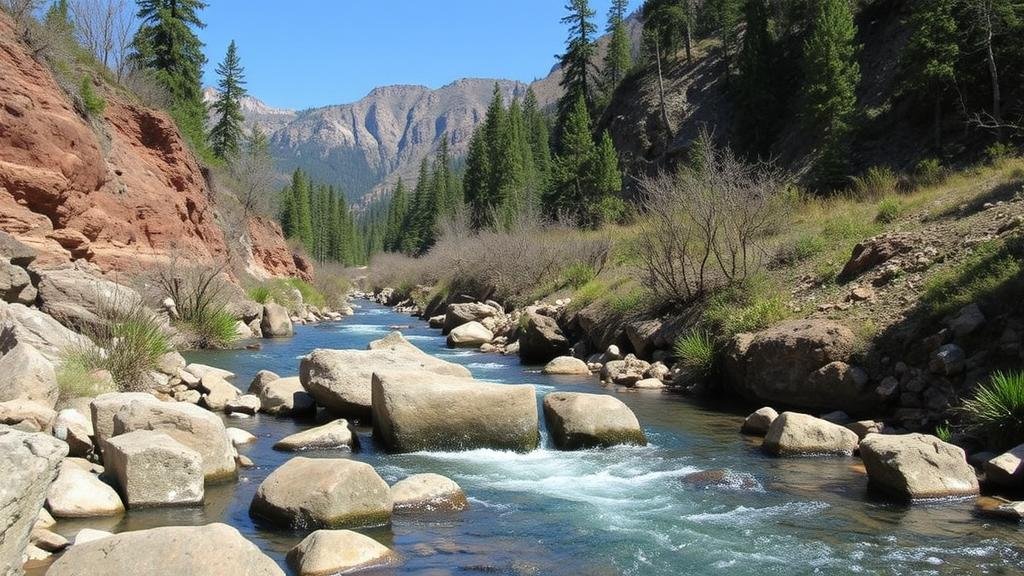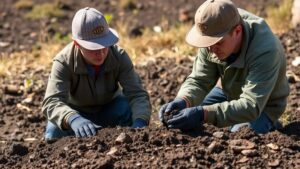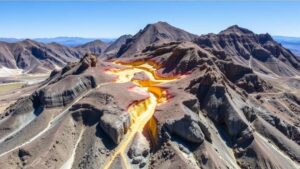Spotting Natural Barriers in Rivers That Trap Gold Nuggets
Spotting Natural Barriers in Rivers That Trap Gold Nuggets
Gold prospecting is a practice steeped in history and adventure. Natural barriers in river systems can create ideal conditions for trapping gold nuggets, which are often carried downstream by the force of flowing water. Understanding these barriers and how they function can significantly increase the chances of successful prospecting. This article will explore the types of natural barriers, their formation, and key strategies for identifying locations with the highest potential for gold deposits.
Types of Natural Barriers
Natural barriers can be classified into several types, each with unique characteristics that contribute to gold trapping. The most common types include:
- Rock Formations: Bedrock outcrops can create rapids and turns in a river, slowing water flow and causing heavier particles like gold to settle.
- Sandbars: These formations can trap gold as they accumulate sediment, creating eddies where gold nuggets can collect.
- Vegetation: Trees and roots along riverbanks can act as natural filters, capturing gold and debris that flows downstream.
- Floodplains: During high water events, floodplains might engage in sediment deposition, which can bury historical gold deposits.
Formation of Natural Barriers
The process through which natural barriers form is often influenced by geological and hydrological factors. Erosion, sediment deposition, and river meandering all contribute to the development of barriers over time. For example, when river currents flow over irregular bedrock, they create turbulence. This turbulence can lead to the formation of small whirlpools, where lighter materials are washed away, leaving behind heavier particles like gold nuggets. A study from the U.S. Geological Survey indicated that such processes can result in significant concentrations of gold in areas with complex river morphology.
Identifying Key Locations
Successful gold prospecting necessitates a strategic approach to locating natural barriers. Here are some actionable techniques to identify promising spots:
- Study Topographic Maps: Maps often reveal changes in elevation and geography that indicate potential barrier formations.
- Observe Water Flow: Look for areas where the current appears to slow down or change direction, indicative of an obstruction.
- Use Technology: Employ tools like GIS software to analyze river systems for identifying sediment deposition patterns.
Real-World Applications
The discovery of gold can frequently align with specific geological surveys that point to known river systems. For example, the Klondike Gold Rush in Canada was significantly driven by prospectors focusing on specific river bends where natural barriers were prominent. Likewise, modern-day gold prospectors in the American West continue to find success along tributaries of the Sierra Nevada, particularly in areas where bedrock formations create favorable conditions for gold settlement.
Conclusion
Spotting natural barriers in rivers that trap gold nuggets is an art grounded in science and observation. By understanding the types of barriers, their formation processes, and employing strategic identification techniques, prospectors can enhance their chances of uncovering elusive gold deposits. With the right approach and the application of modern technology, the quest for gold continues to be a pursuit of both fortune and adventure.



